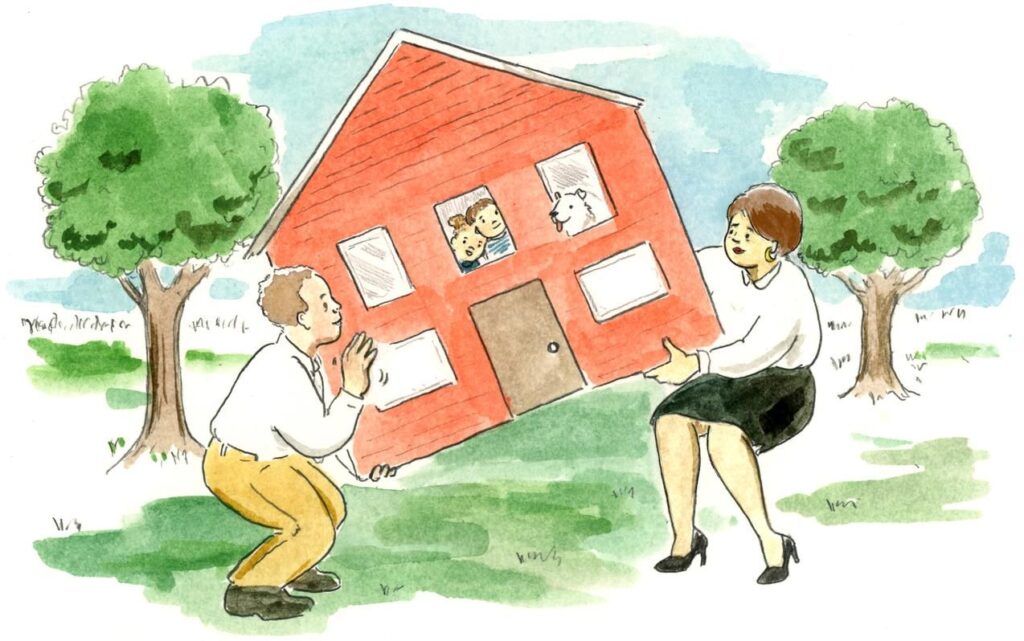The internal combustion engine has been around for about two hundred years, and to great effect. It has changed the world and made it a better place for many people. Yet, in its wake are the climate consequences of mobilizing an enormous swath of the population.
Today we’re seeing an explosion in electric vehicle technologies, and I am extremely excited for an electrified future. The advantages of electric propulsion systems for wheeled vehicles, including instantaneous torque delivery and greater longevity, easily outweighs the negatives. The improvements in fast charging have been drastic and the increase in range has negated the range anxiety that plagued early electric vehicles.
However, despite these advantages and improvements, I think aviation may well remain one of the last holdouts of the internal combustion engine. Aviation primarily uses one of two different types of internal combustion engine — the reciprocating engine, commonly found in general aviation, and the turbine engine, commonly found in commercial aircraft.
For short range trips, I admit that electric propulsion systems seem quite attractive. However, when looking at long distance cruising, which is paramount to commercial operators, the internal combustion engine still holds its own.
The reciprocating engine is particularly well suited to the demands of long distance cruising, especially when combined with a constant speed propeller. Running at peak efficiency essentially all the time means that the traditional issues that detractors bemoan, large and quick changes of RPM, are no longer relevant.
Because these engines need to be spinning at all times, ground vehicles need to utilize some sort of transmission and power coupling system to allow for slippage. Aviation, on the other hand, requires the propeller to be spinning at all times anyway (at least during flight and most ground operations after the initial set up procedures). Therefore, planes do not need to have a heavy transmission and are often simply directly connected to the propeller.
The near-instantaneous response times of electric motors is certainly helpful for pilots, especially during non-normal procedures such as stalls, go-arounds, etc., for most applications it isn’t absolutely necessary. Passenger aircraft would likely implement some sort of smoothing system anyway for comfort, negating the benefits almost completely.
The energy density of chemical fuels is unparalleled, with the exception of nuclear technologies. The energy extraction mechanisms used for nuclear energy are themselves quite bulky, completely negating any density benefits. On the other hand electric propulsion systems suffer from the exact opposite problem. Electric motors are lightweight, but the batteries are still heavy, despite the massive improvements that have been made in recent years.
The advancements in battery technology that are driven by innovation in the aviation sector will likely have an enormous impact on society as a whole. For that reason alone, I think pursuing electric aviation technologies is absolutely worth the effort and the increased funding that it deserves. This is an area where these developments may completely overturn the cost-benefit ratio and make electric aviation readily cost-effective despite some of the inefficiencies of the energy storage mechanism.
The electrification potential in ground based vehicles is more obvious. The benefits of electric motors are their extremely high torque, instantaneous response times, and independent wheel control (assuming 4 motors, one for each wheel).
I think off-road vehicles are even more suited, as having wheel-based motors allows for higher ground clearance. Likewise, buses and city vehicles as well, where weight is not really a huge concern, and electric charge stations are plentiful and can even by added to the bus stops themselves to keep the vehicles charged.
Because of these issues, I think that electric innovation will be primarily driven by ground-based transport, rather than by aviation. However, I would love to be proved wrong, especially as aviation becomes one of the largest emitters of greenhouse gasses. Reducing these emissions will be invaluable to increase the reach of general aviation reach in society, and I am eager for such a future.
This area, namely emissions, is where I see the largest potential for upheaval of the industry. As pilots and aviators, we probably contribute significantly more to climate change than others. Flying in small general aviation aircraft is inherently less efficient than flying in larger airliners. Allowing the public to pursue general aviation without contributing to the negative impact of climate change will be immensely beneficial. As a community, pilots are excited for a future where aviation can be carbon neutral.
Dossier
MIT Ground School, by Philip Greenspun, January 6, 2020. http://philip.greenspun.com/teaching/ground-school/
“Is it Wrong to Fly?” by Vox, January 8, 2020. https://www.youtube.com/watch?v=88Cd5H3kmXQ

